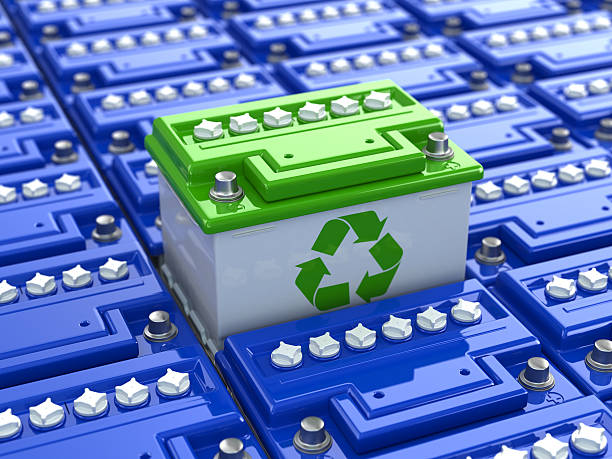Baterías de plomo ácido are one of the most widely used energy storage solutions, and with millions of units produced annually, recycling these batteries is crucial. Recycling not only conserves resources but also reduces the environmental impact of discarded batteries. In this article, we explore the recycling processes and the importance of sustainability in lead-acid battery recycling.
The Importance of Recycling Lead-Acid Batteries
Recycling lead-acid batteries is vital for several reasons: Lead and sulfuric acid, the primary components of lead-acid batteries, are hazardous to the environment. If improperly disposed of, they can contaminate soil and water, posing serious health risks to both humans and wildlife. Lead is a finite resource, and recycling helps conserve it. By reusing lead from spent batteries, manufacturers reduce the demand for new lead, which limits the environmental damage caused by mining and extraction.
Recycling lead requires significantly less energy than extracting it from raw materials. By recycling, we reduce the energy footprint of producing new batteries. Economic Benefits: The recycling industry creates jobs and provides economic incentives for the collection and reprocessing of used batteries. Lead-acid battery recycling also supports a circular economy, where resources are continuously reused rather than discarded.
The Recycling Process for Lead-Acid Batteries
The recycling process for lead-acid batteries is well-established, with a high recovery rate of over 95% of the materials. Here’s how the process works:
Collection and Transportation: Used lead-acid batteries are collected from consumers, industries, and retailers. They are then transported to recycling facilities, where they are prepared for reprocessing.
Breaking and Separation: In the recycling facility, the batteries are broken apart in a crusher. This separates the battery’s components into three main parts: Lead: The lead components, including the plates and grids, are collected and prepared for smelting.
Plastic: The plastic casing is separated, cleaned, and processed for reuse.

Electrolyte: The sulfuric acid in the electrolyte is neutralized or converted into sodium sulfate, which is used in detergents, glass, and textiles.
Smelting and Refining: The lead is melted in high-temperature furnaces, producing molten lead that can be refined into pure lead ingots. These ingots are then used to manufacture new batteries.
Plastic Recycling: The plastic from the battery casing is cleaned, melted, and formed into pellets. These pellets are used to create new battery casings or other plastic products.
Reuse in New Batteries: The recovered lead and plastic are then returned to battery manufacturers, who use these materials to produce new lead-acid batteries, closing the recycling loop.
Promoting Sustainability through Recycling
Recycling lead-acid batteries plays a critical role in promoting sustainability. By recycling, we reduce the amount of waste that ends up in landfills. Lead-acid batteries are one of the most successfully recycled products globally, and continued efforts can help achieve near-zero waste. As the demand for energy storage continues to grow, so does the need for lead. Recycling helps meet this demand while minimizing the environmental impact of mining new lead. Recycling lead requires less energy than producing it from ore, resulting in fewer greenhouse gas emissions. This helps combat climate change and supports global sustainability goals.
Conclusión
Recycling lead-acid batteries is not only an environmentally responsible practice but also a crucial component of sustainability efforts. The well-established recycling process allows for high recovery rates of lead and plastic, reducing the need for raw materials and minimizing environmental harm. By promoting recycling, we can ensure that lead-acid batteries continue to serve our energy needs in a sustainable way, while also protecting our planet for future generations.
Publishing this article can raise awareness about the importance of recycling lead-acid batteries and encourage businesses and consumers to participate in the recycling process, fostering a more sustainable energy future.

